 (modifié de Coste, Flore de la France 1937) :
(modifié de Coste, Flore de la France 1937) :
Plante vivace de 30-70 cm, glabre et verte, à racine subglobuleuse, grosse (1-2 cm de diam.); tige dressée, grêle, finement sillonnée, rameuse, peu feuillée
Écologie : (répartition d'après la flore) Champs calcaires ou argileux, dans une grande partie de la France; nul dans l'Ouest, rare dans la région méditerranéenne.
Répartition hors de France : Europe occidentale et centrale.
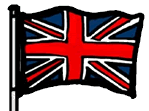 (modified from translated Coste):
(modified from translated Coste):
NOTE: the French text is more complete and up-to-date
Perennial plant 30-70 cm, glabrous and green, root subglobose, large (1-2 cm diam.); stem erect, small, finely furrowed, branched, thinly leaved
Ecology UK: Not native to the UK - France: Fields, limestone or clay, in a large part of France; none in the West, rare in the Mediterranean region.
Distribution outside France: Western and Central Europe.
Fleurs : ombelles à 8-20 rayons presque égaux, toujours grêles; involucre à 6-10 folioles lancéolées-linéaires; calice à dents très courtes ; styles un peu plus longs que le stylopode ; pédicelles et carpophore non épaissis;
Floraison France : Juin-juillet.
* La racine, d'une saveur agréable, est mangée par les enfants, et recherchée par les porcs.
Flowers: umbels with 8-20 rays almost equal, always slender. Involucre with 6-10 folioles, lanceolate-linear; Calyx teeth short; style a little longer than the stylopode; pedicels and carpophore not thickened;
Flowering UK: (none) - France: June-July.
* The root has a pleasant taste and is equally sought after by children and pigs.
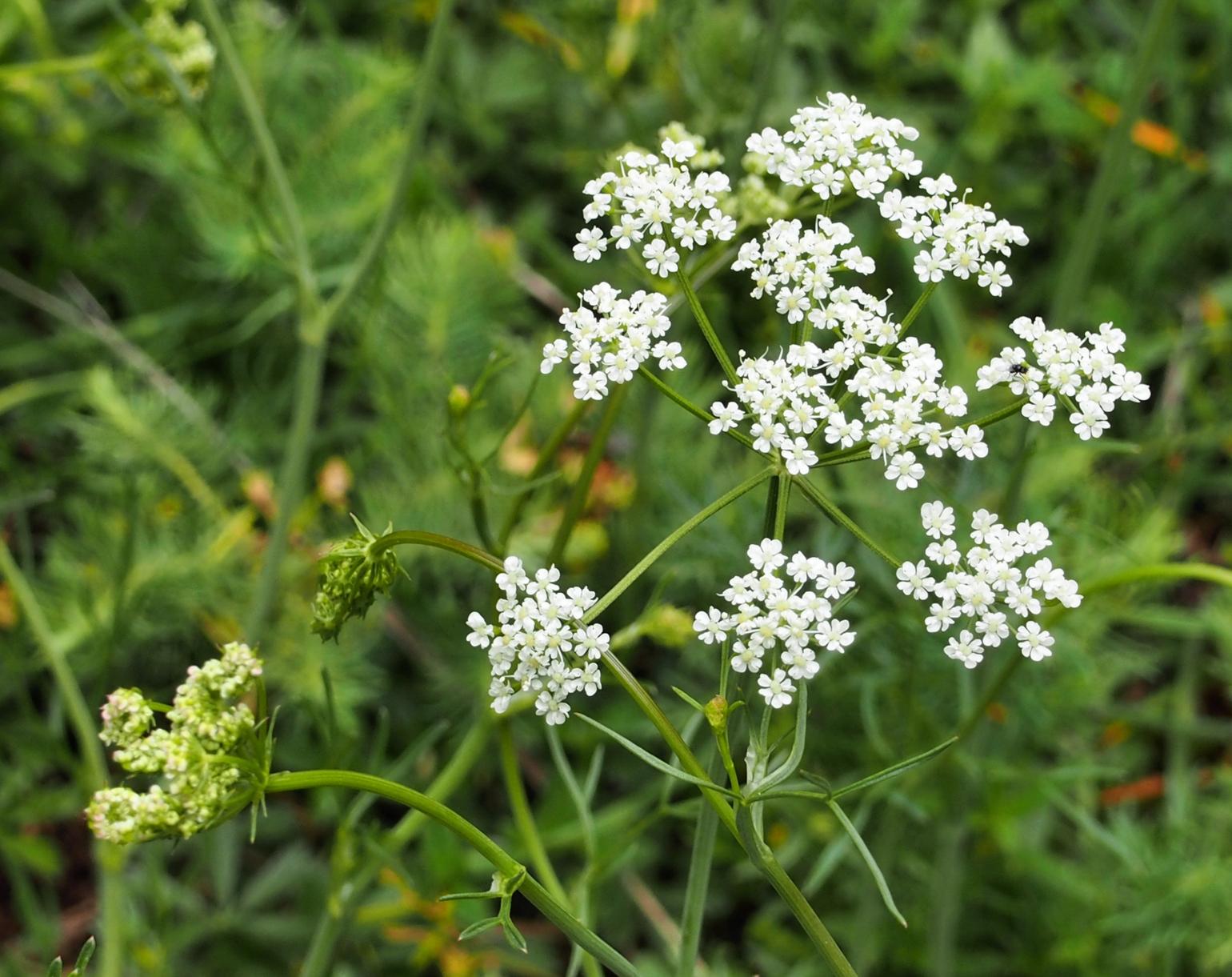
 Pignut, Great
Pignut, Great
 Bunium noix-de-terre
Bunium noix-de-terre
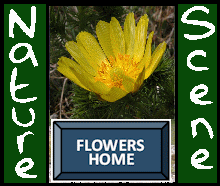


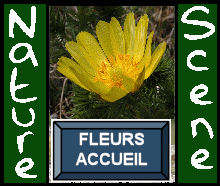
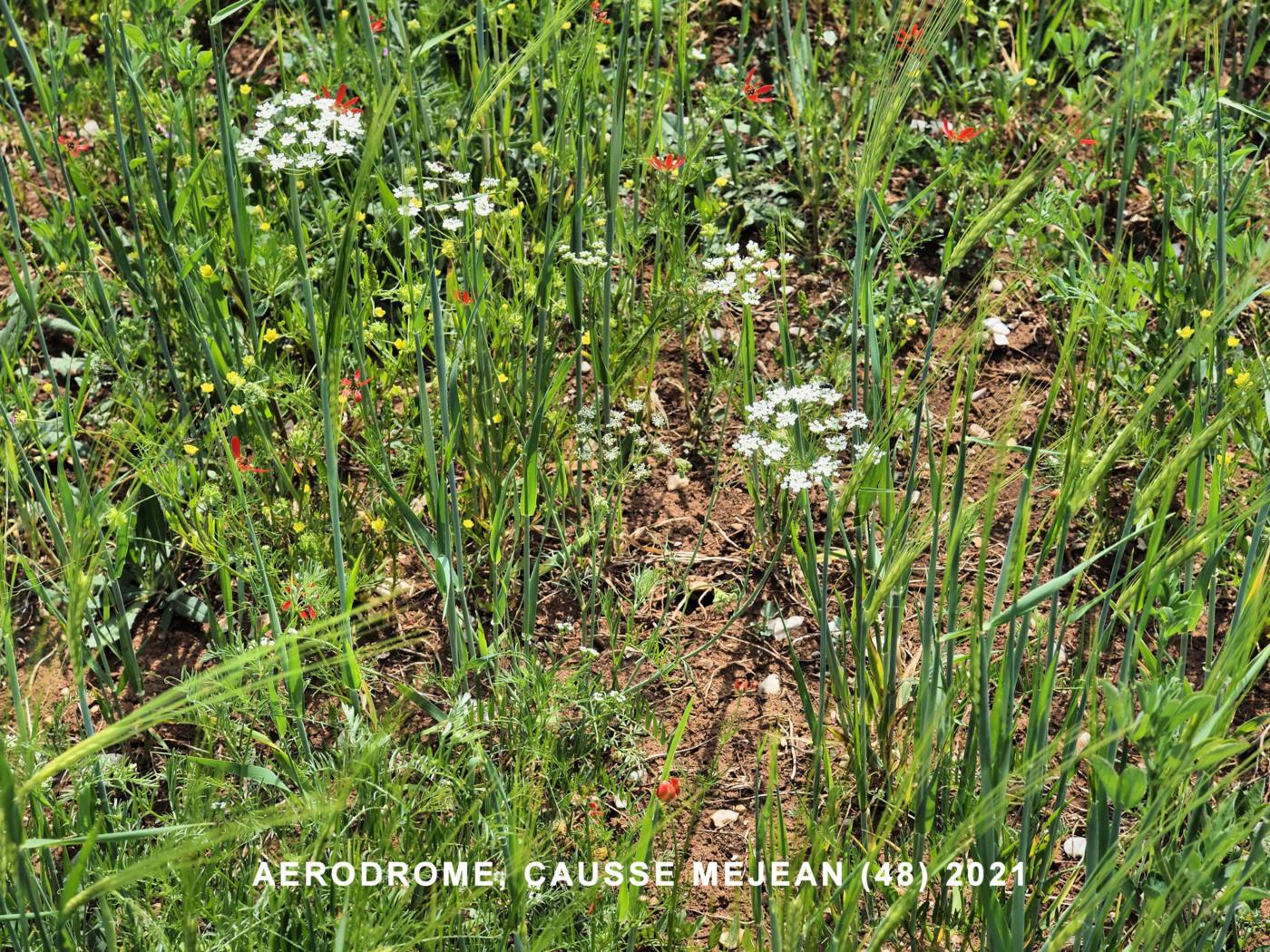
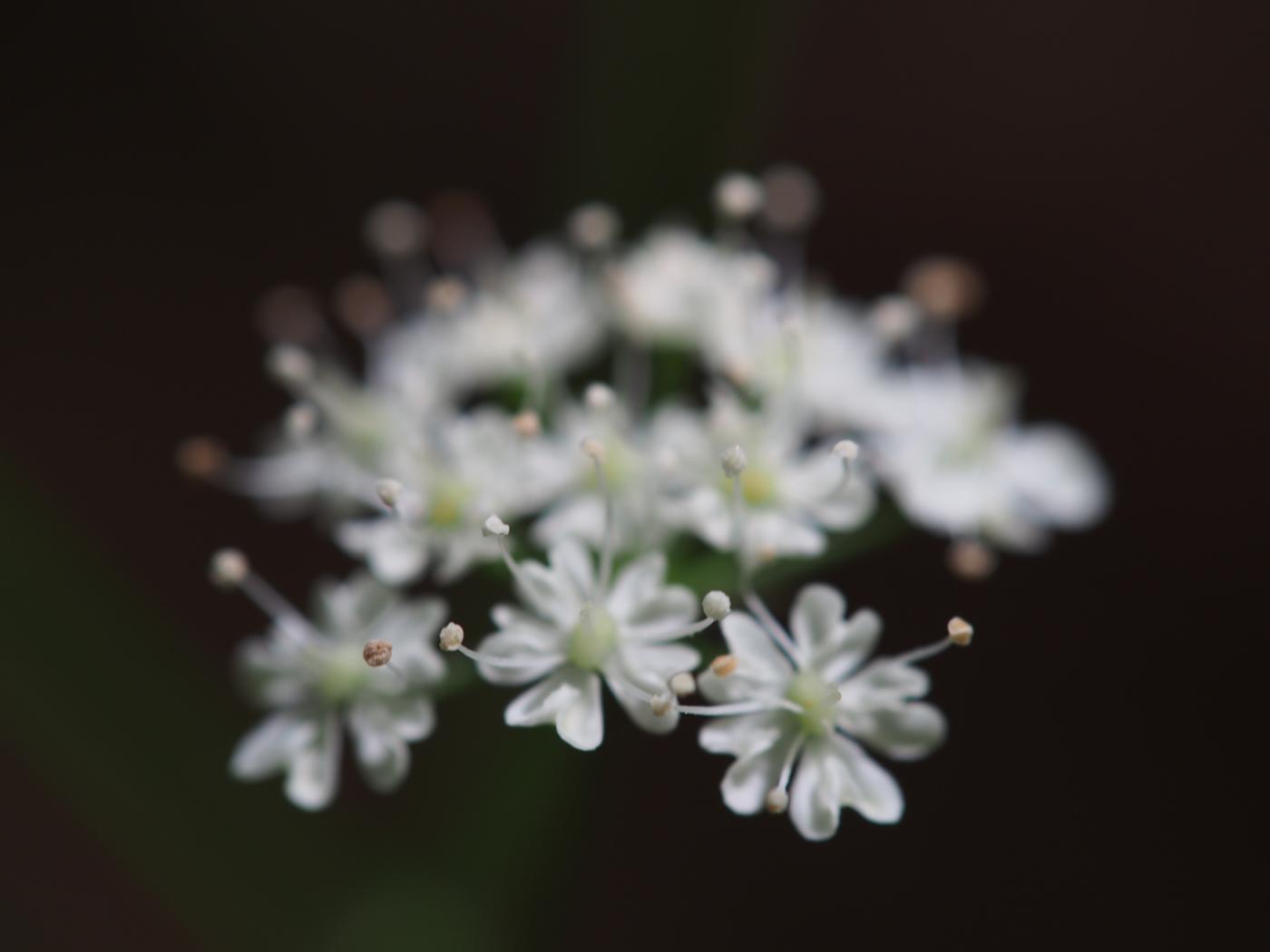
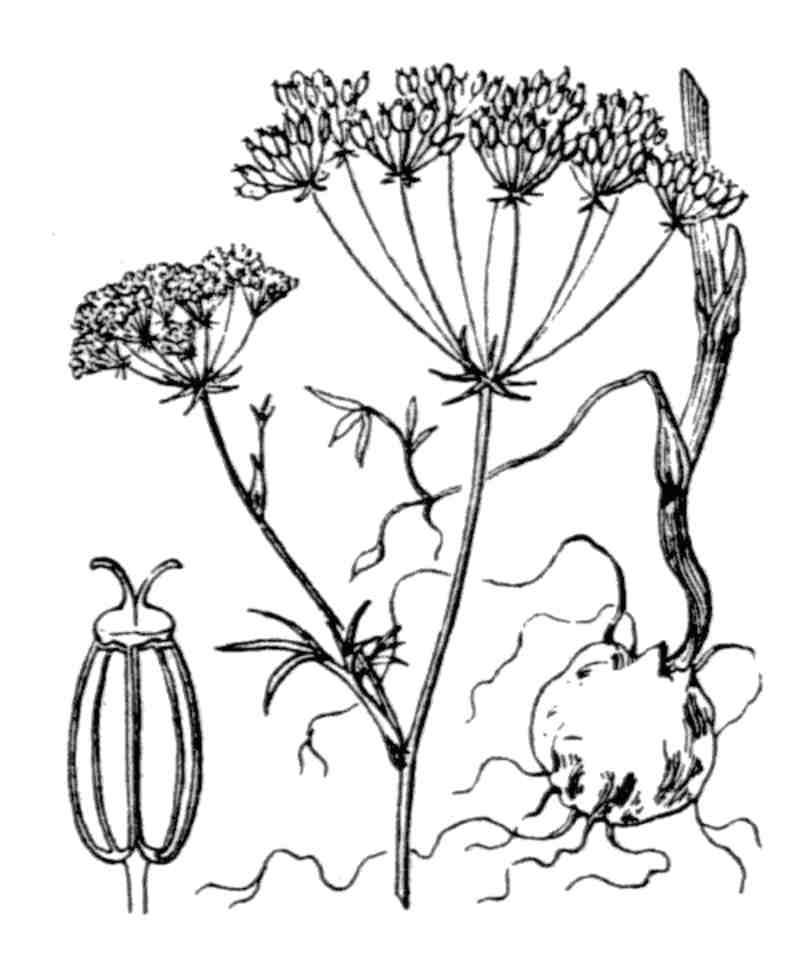

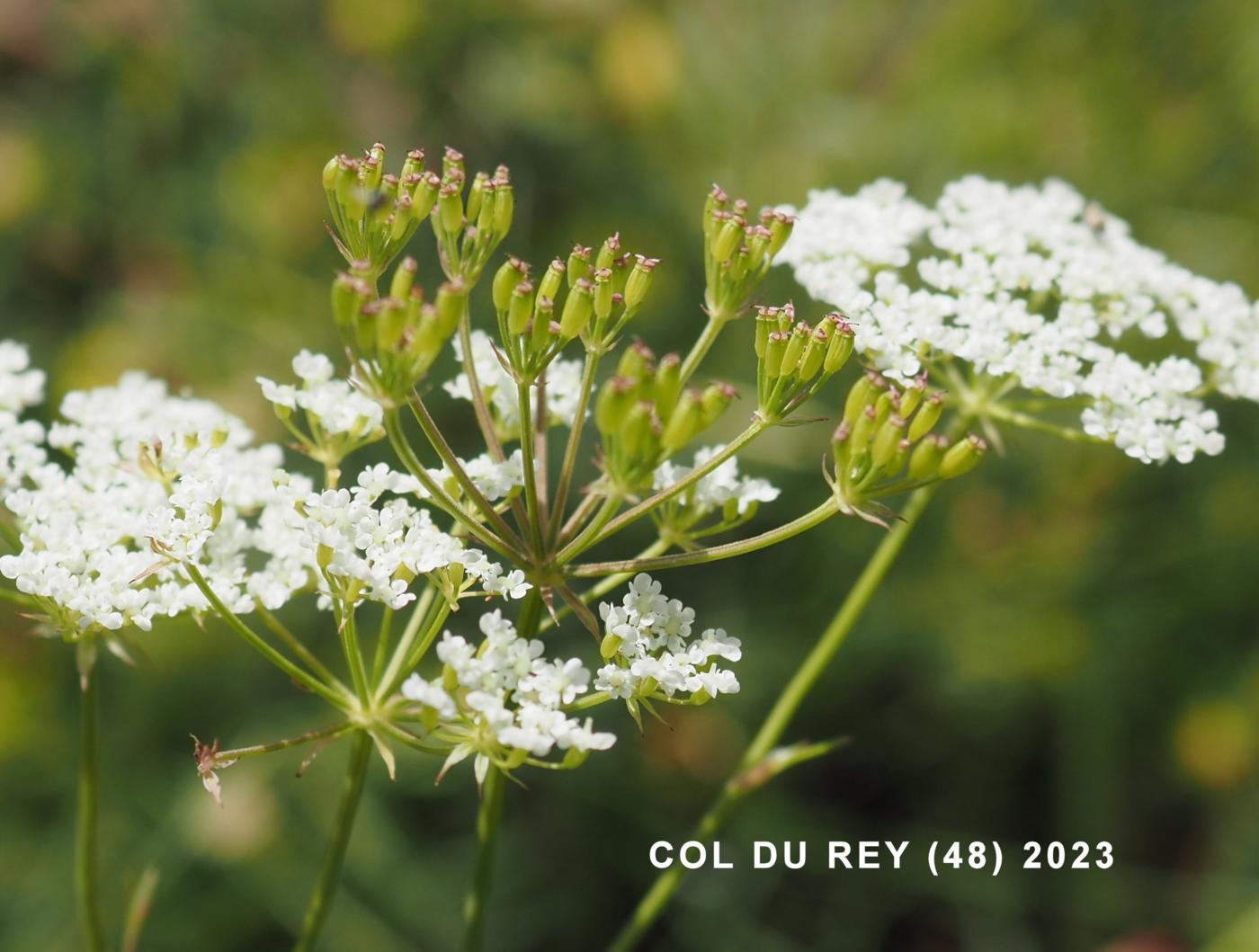
 Please
consider
Please
consider 











